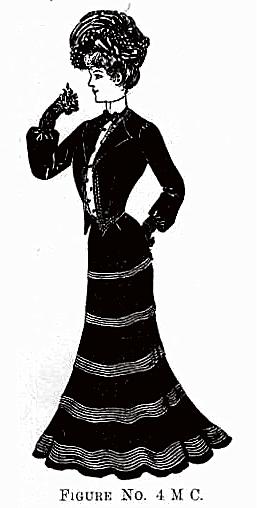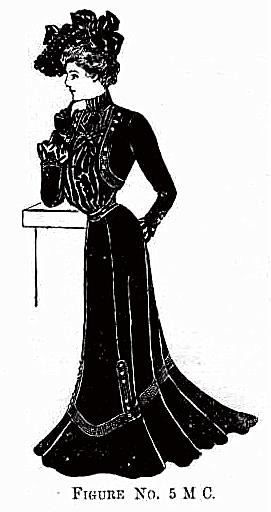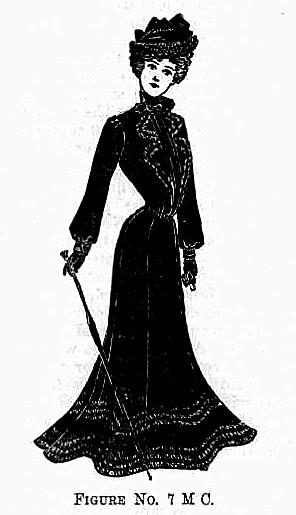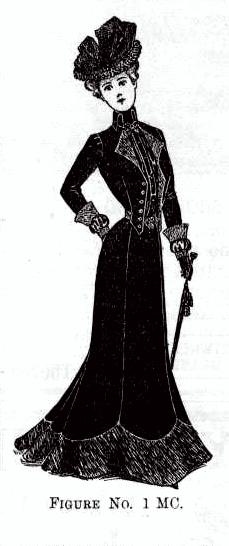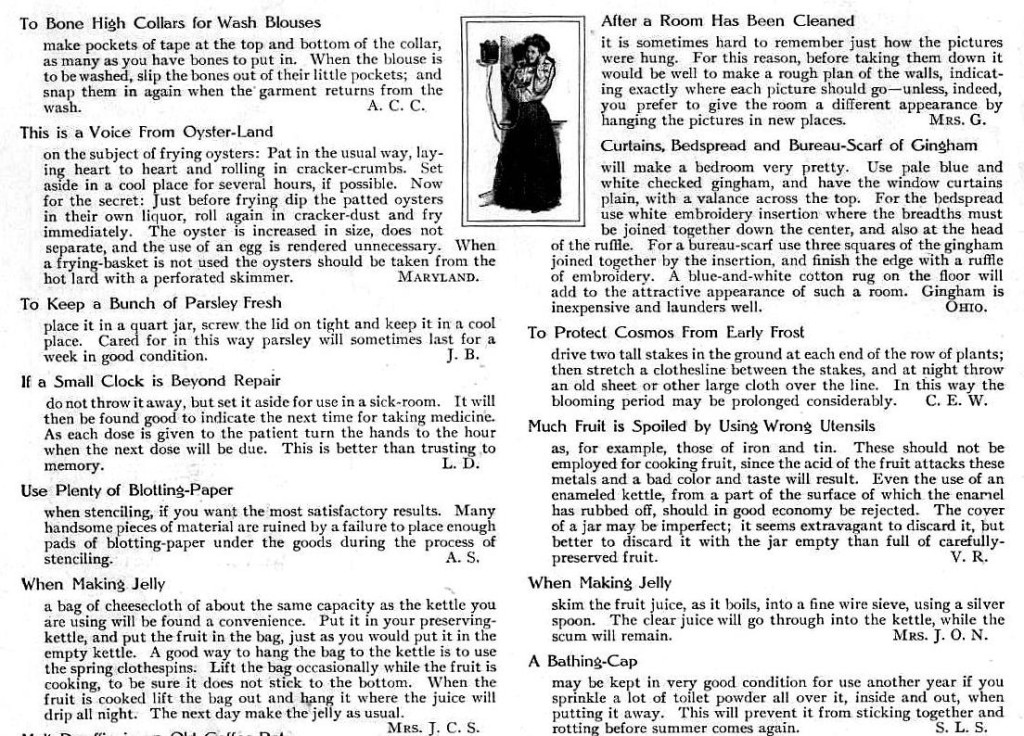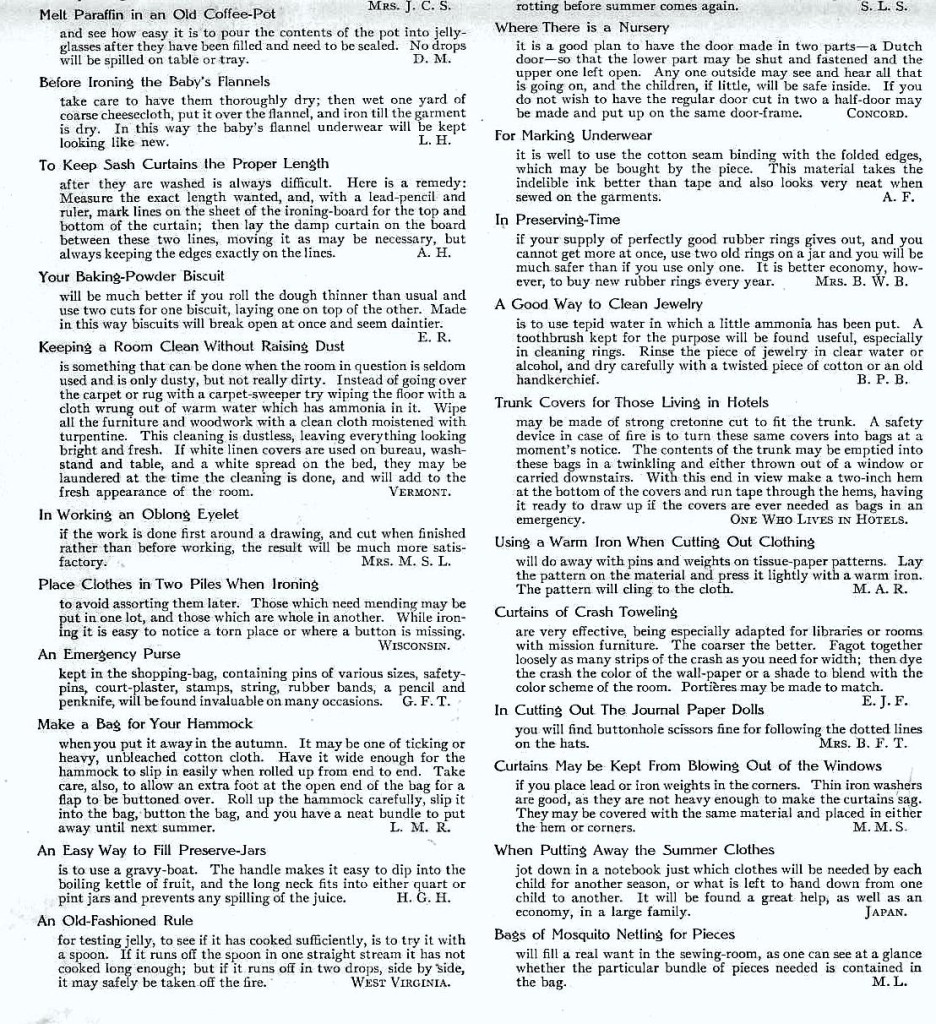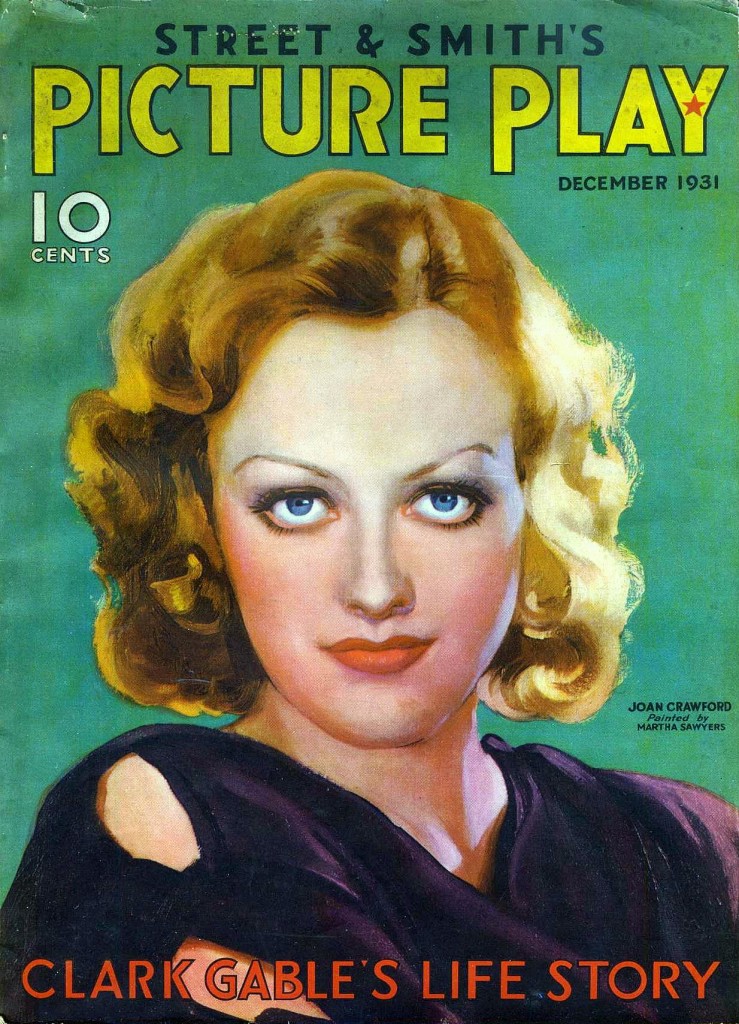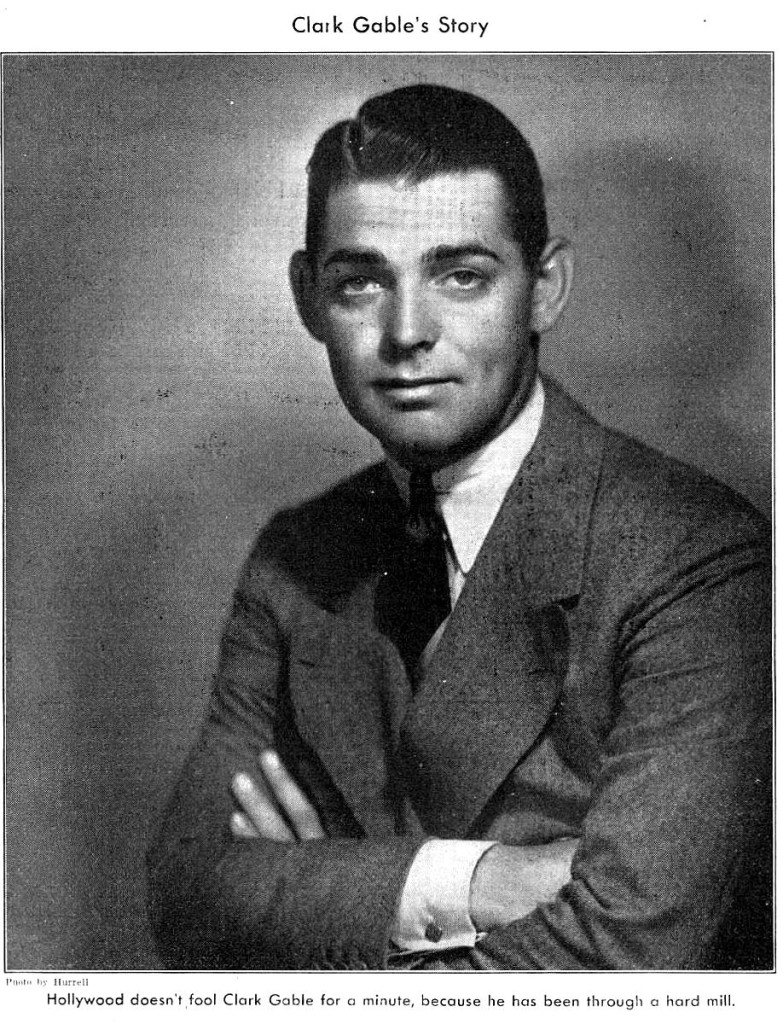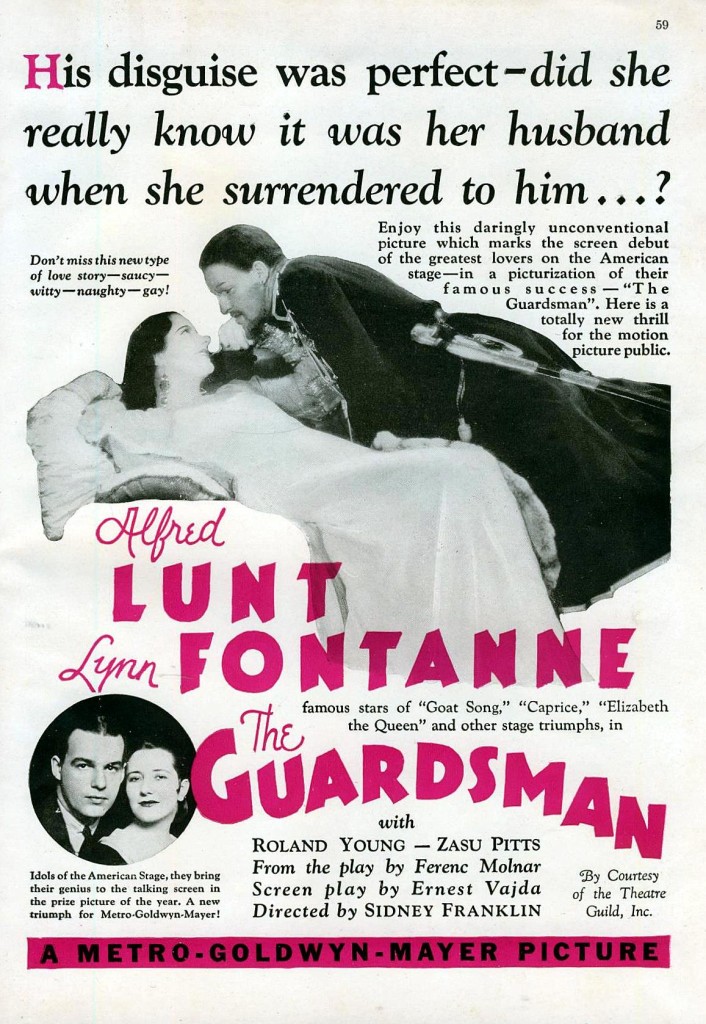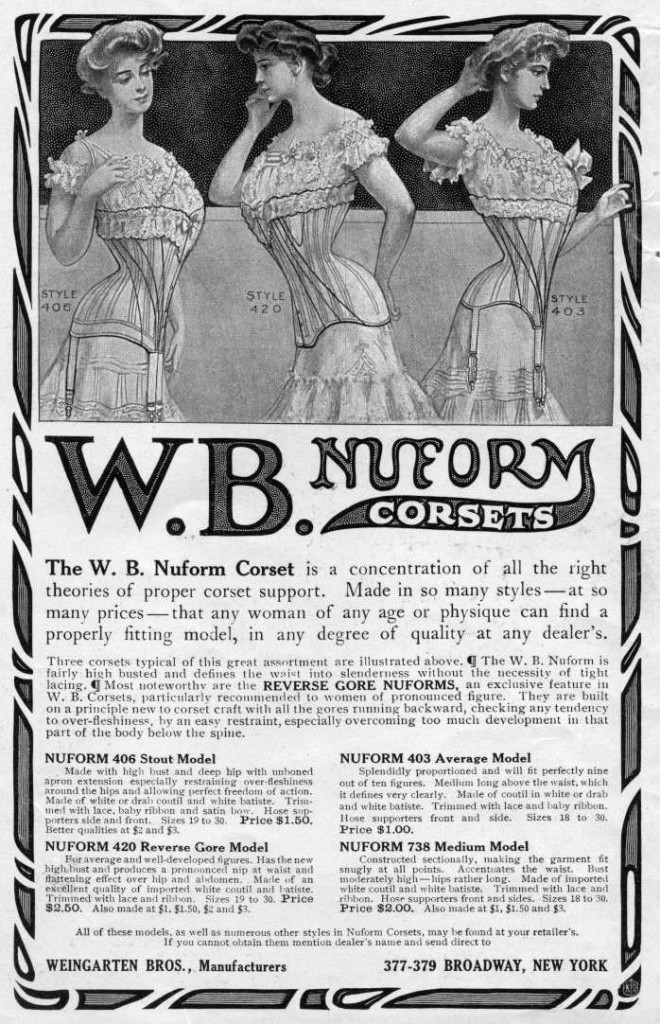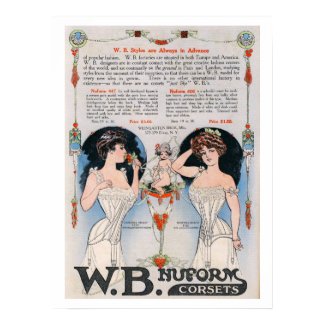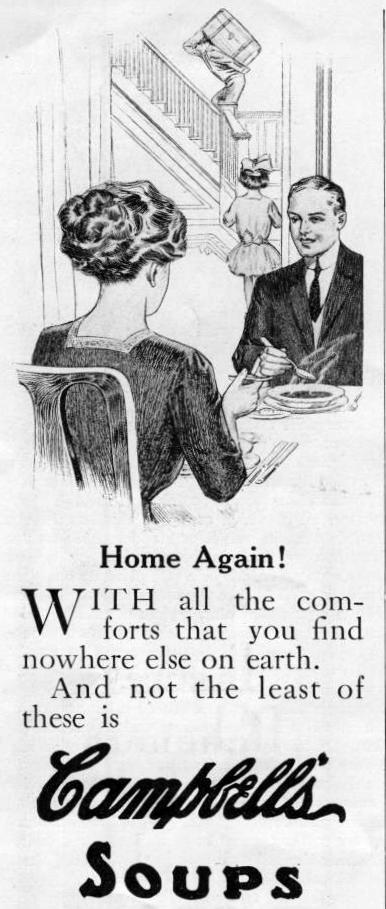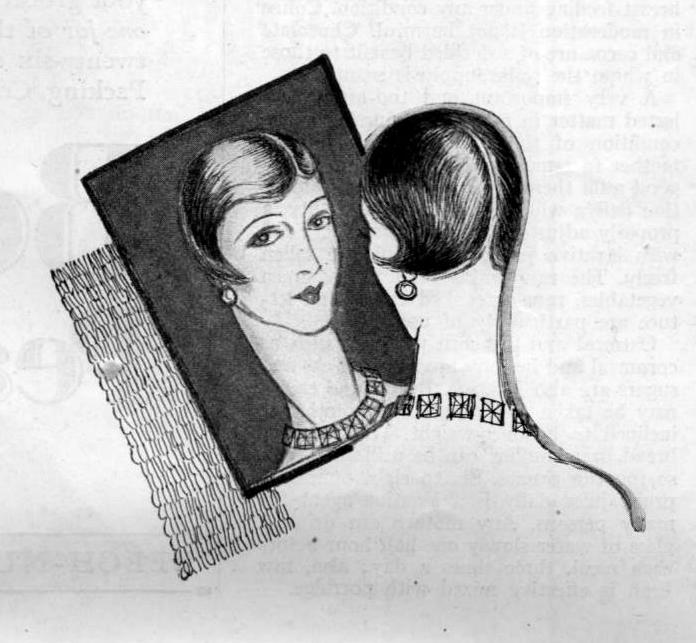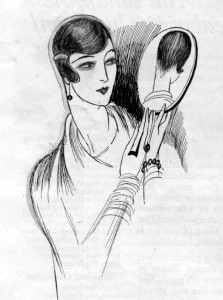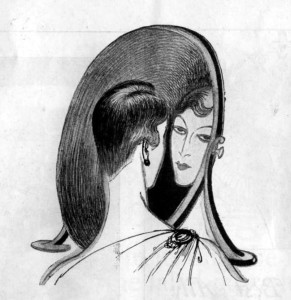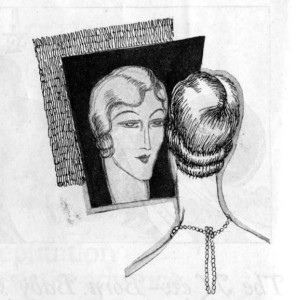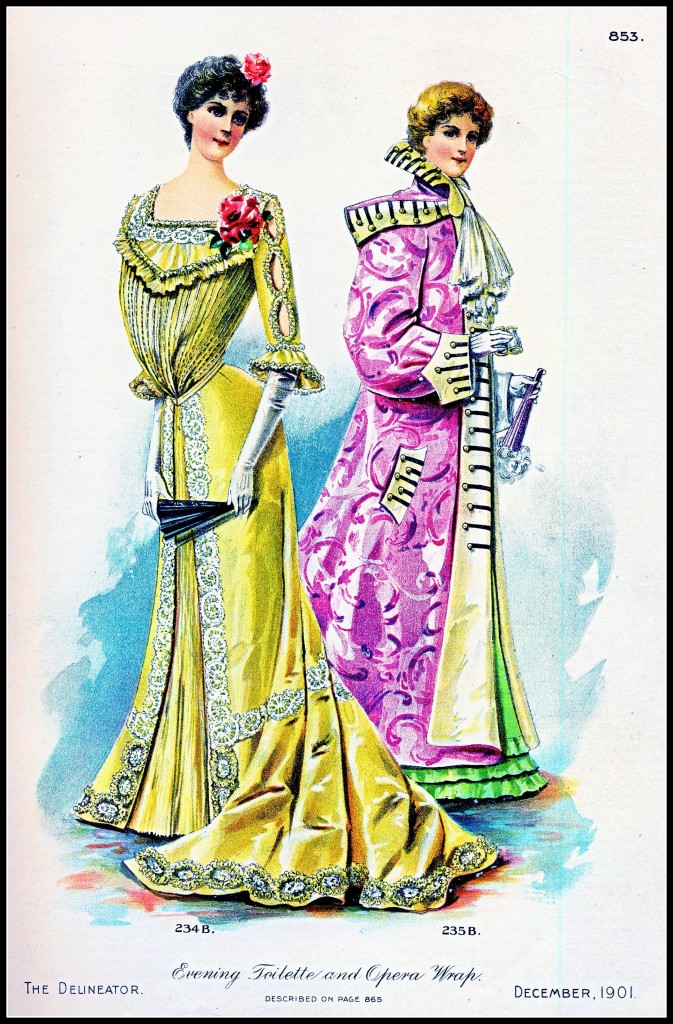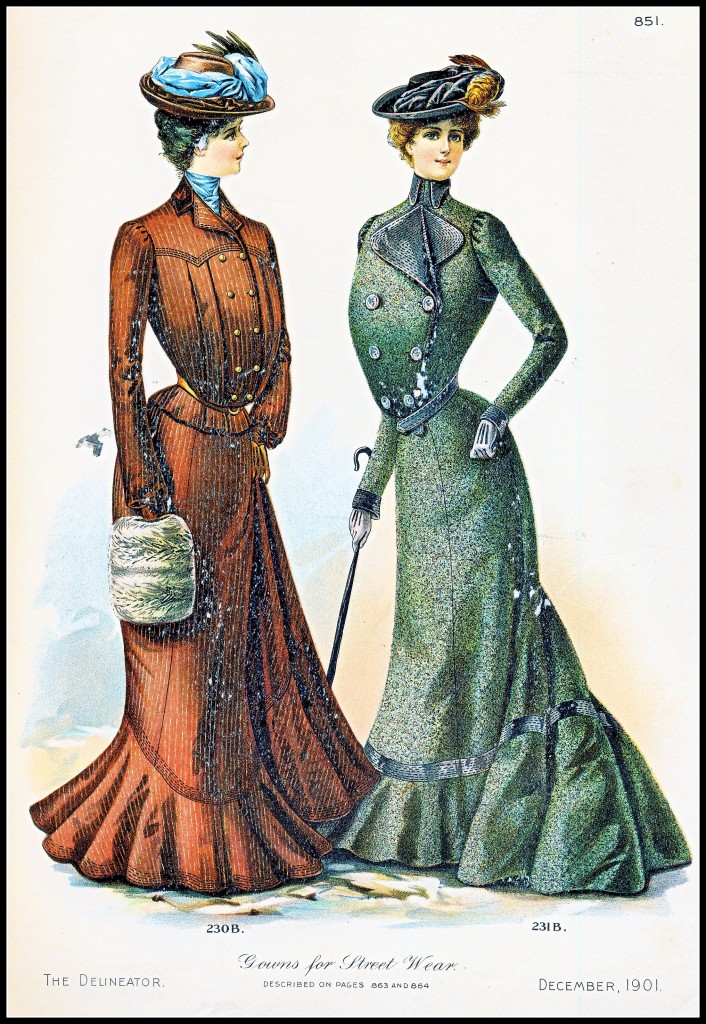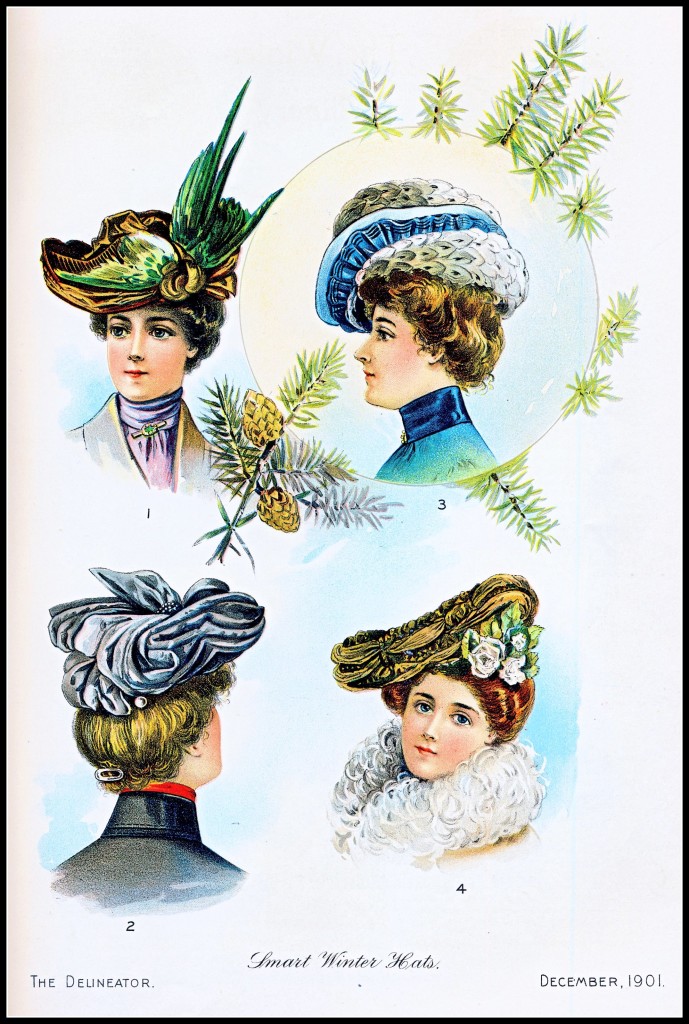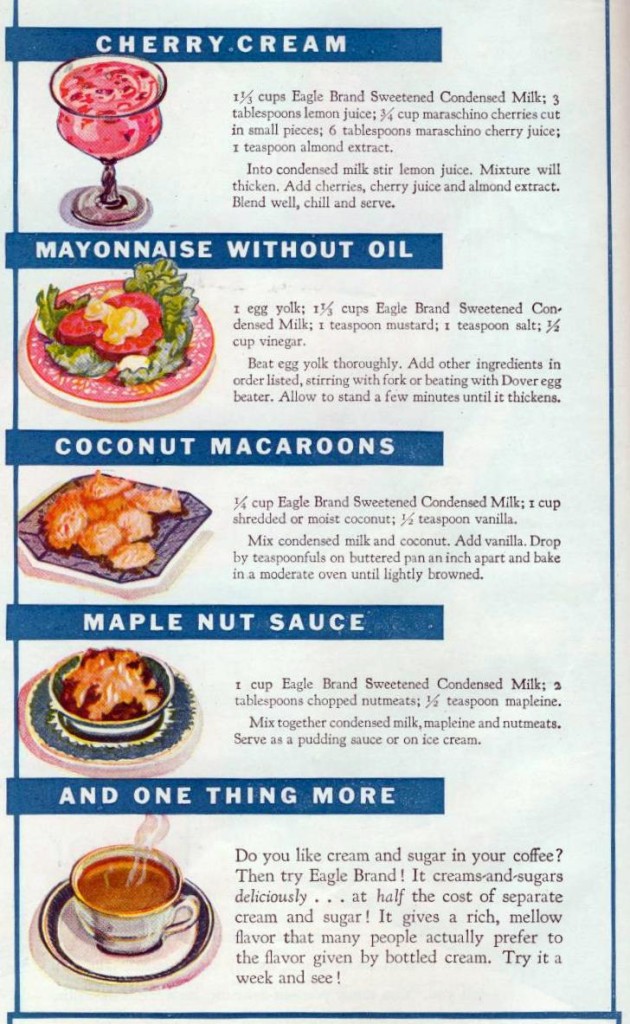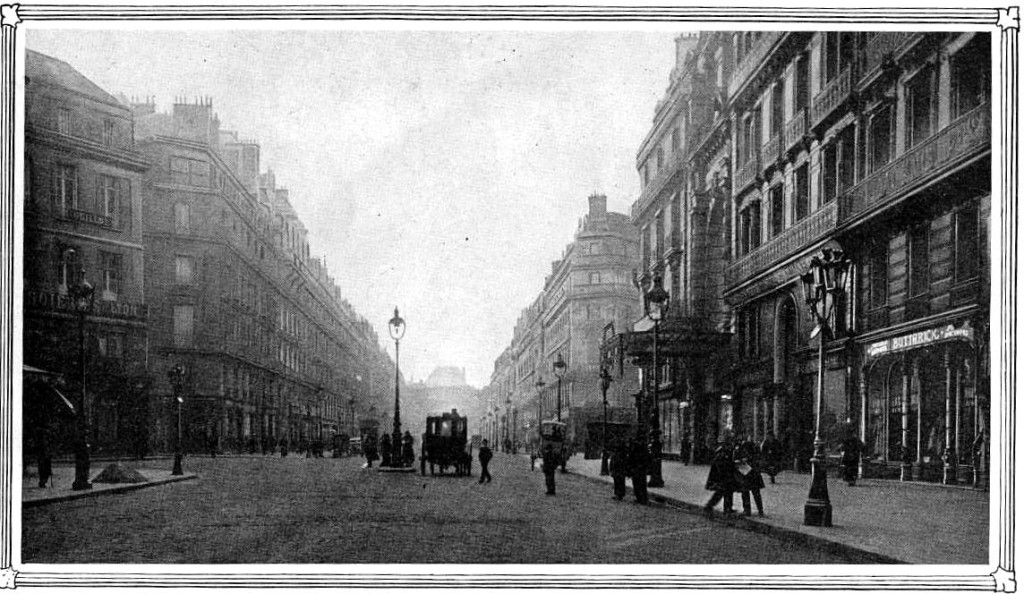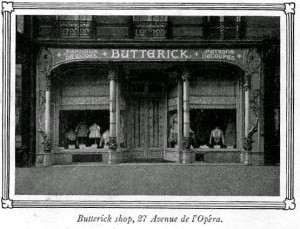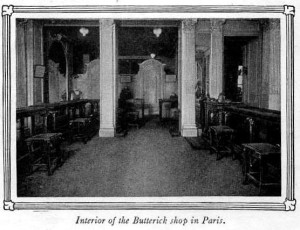The May 1901 issue of the Delineator magazine was published right on the cusp of the Victorian/Edwardian eras. The article I am showing you today comes from that issue and features a great deal of information on what mourning was like during that time period.
Not only were there specific lengths of time for mourning depending on your relation to the deceased, the fashions worn during the mourning period were just as important and were detailed right down to the preferred types of fabrics to be used.
“Mourning customs in America are influenced largely by those of England and France. The changes from year to year in the latter codes are so slight as to be observed only by those who seek to follow the latest vagaries of Fashion. A widow in America often wears deep mourning over the two years designated as the correct period in other countries… Three months of absolute seculsion is now demanded before the widow may attend social functions of any character, the time formerly being one year.”
As far as the death of a parent, that called for a bit of a shorter period of mourning:
“The regulation time for mourning for parents is twelve months, though half mourning may be adopted after six months by young girls. From four to six months, according to individual feeling, is the period for mourning for either brother or sister.”
Once the article turns to fashion, this is where it really gets surprisingly specific. It goes far into detail about which fabrics are the most acceptable, rattling off one type after another, most of which I am completely unfamiliar with. But it does make me realize how much more educated the average woman of 1901 was where sewing is concerned. The Delineator magazine was not marketed to a specialized audience; it was written for the typical woman of the time who was immersed in housework, needlepoint, cooking, and other household concerns (even if she had help). Yet the writer of this article never feels the need to describe any of the fabrics she is referring to, taking for granted that her readers would know what each of them were immediately.
“Henrietta and cashmere remain standard mourning fabrics, while dull-finished woolens, crape cloth, nun’s-veiling, albatross, crepon and Eudora cloth are all suitable materials. Melrose and Imperial serge, also cheviot and French foule, are particularly desirable for tailor suits and will be made without trimming except rows of machine-stitching or stitched bands of the goods.”
I also like the fact that even the Victorians, who we often think of as being quite somber, saw the need to lesson some of the grief and darkness that the death of someone close to you could cause. For example, as far as what to wear around the house, “Pure white with dull-black ribbon decorations is especially recommended for home wear, where everything should be made as free from gloom as is possible.” And as far as accessories, “Dainty hemstitched linen collars and cuffs worn with mourning gowns relieve them of sombreness.”
Veils and head coverings were also a crucial part of mourning wear. The article describes these also, “The heavy crape veil is not so generally worn as that of silk grenadine or crepe lisse and is rarely worn over the face. A short veil of Brussels net with a border of crepe in either one wide or several narrow folds is worn over the face, the long veil being arranged to fall over the bonnet at the back… The widow’s cap when adopted should be worn one year, though it is by no means in general use in America.”
Finally, some last reminders about what type of fabric is approved for use:
“Silk and wool poplins are exceptionally attractive for gowns to wear to church and such places as it is permissible to visit, while crepe de Chine and cobweb vailing develop beautifully by the latest tucked or plaited modes.
“Among the desirable sheer fabrics are grenadine-barege, a very thin silk-and-wool vailing, and the handsome iron-frame grenadines. Peau de soie, Sicilian, and dull-finished taffeta may be used for fashioning the separate waist, and even the entire toilette; India and foulard silks are also much in favor.”
If you would like further details about this fascinating aspect of Victorian culture, one website that seems especially helpful and detailed is found at Victorian Mourning Customs at Quilt History. And I even found a pattern for a Henrietta Cloth and Crape Mourning Dress for sale on Amazon, believe it or not! The only problem is that it seems to be next to impossible to find Henrietta Cloth for sale today. It was a sturdy but soft wool fabric, made with a twill weave (so there was a diagonal pattern of sorts on it).
I leave you with a few more illustrations of mourning dress patterns from 1901, all from the same article.




